How to Create a Strong and Memorable Brand
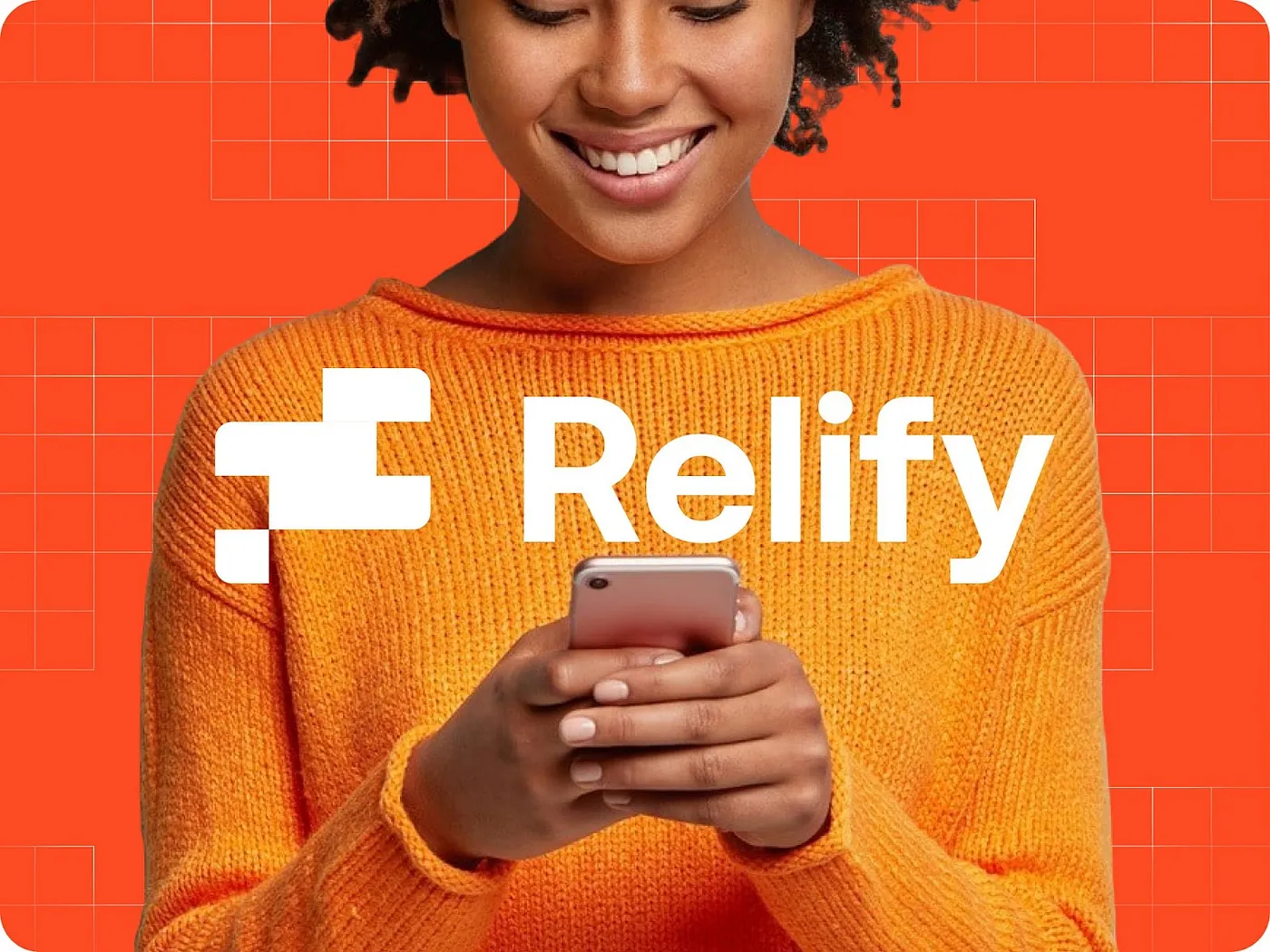
Loved brands don’t just happen. It’s always the result of thoughtful design, solid research, and a whole lot of deliberate work.
To build a brand that influences people, its creators have to invest time, energy, and intention. I’d love to share some of our experience at Outcrowd — and hopefully help you take a fresh, honest look at your own brand. You may find hidden weak spots that keep your brand from growing. And that kind of clarity can save you a lot of time and resources.
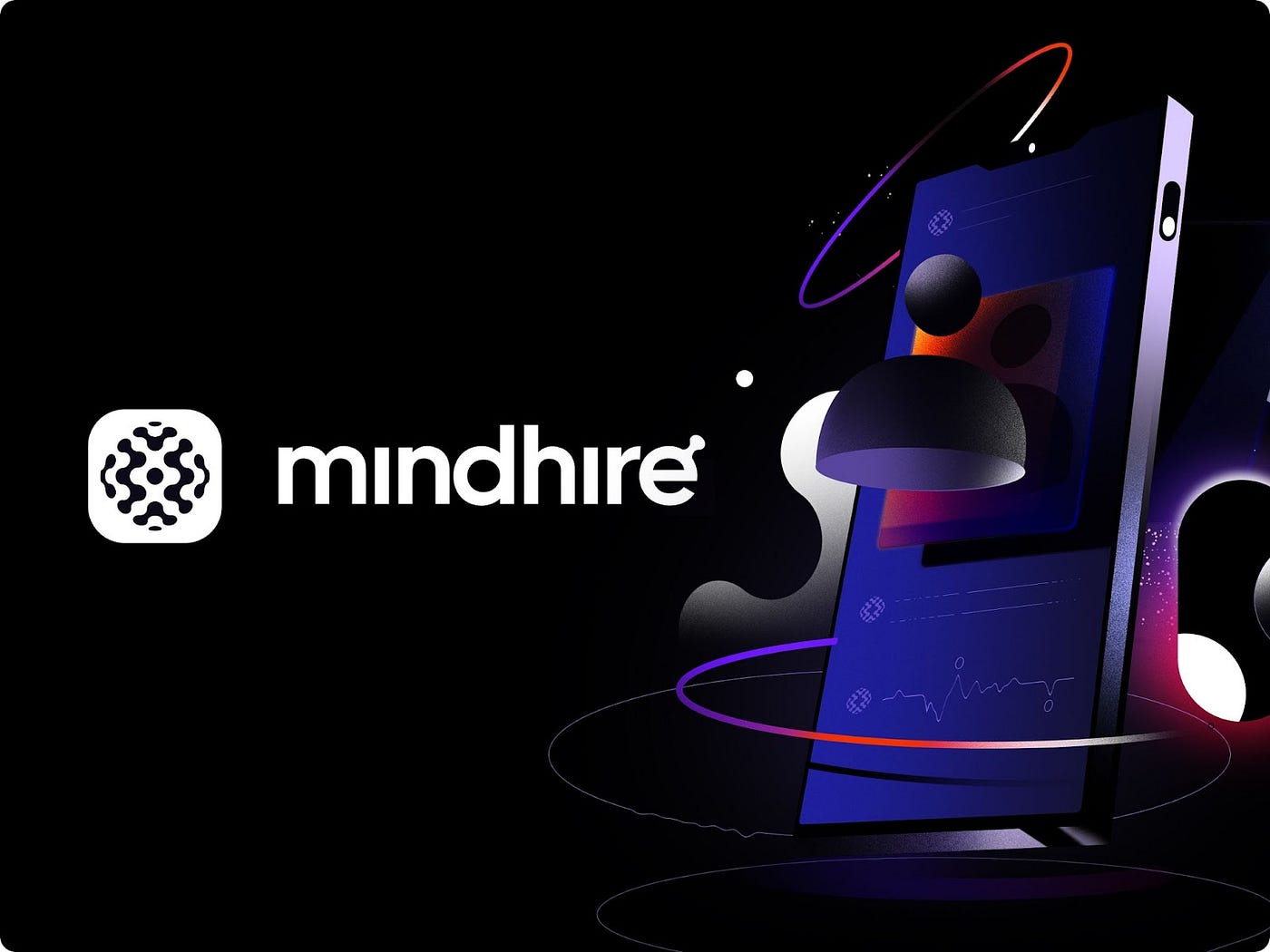
Trends shift. Styles evolve. Technology moves fast. Markets change — and so do people. Old customers leave, new ones show up with fresh values and expectations. Your brand needs to keep up with all of it, adjusting in small, smart ways along the way.
Still, some things never go out of style. There are core principles of branding rooted in consumer behavior, and they’ve been working for thousands of years. We use them intentionally, and they’re what gives a brand real staying power.
Each section in this article is built around a question. If you can confidently answer them all, congrats — your brand might be on its way to becoming iconic. :)
If you’re unsure about any of them or don’t have a clear strategy in place, that’s your signal to take a closer look and focus your efforts there.
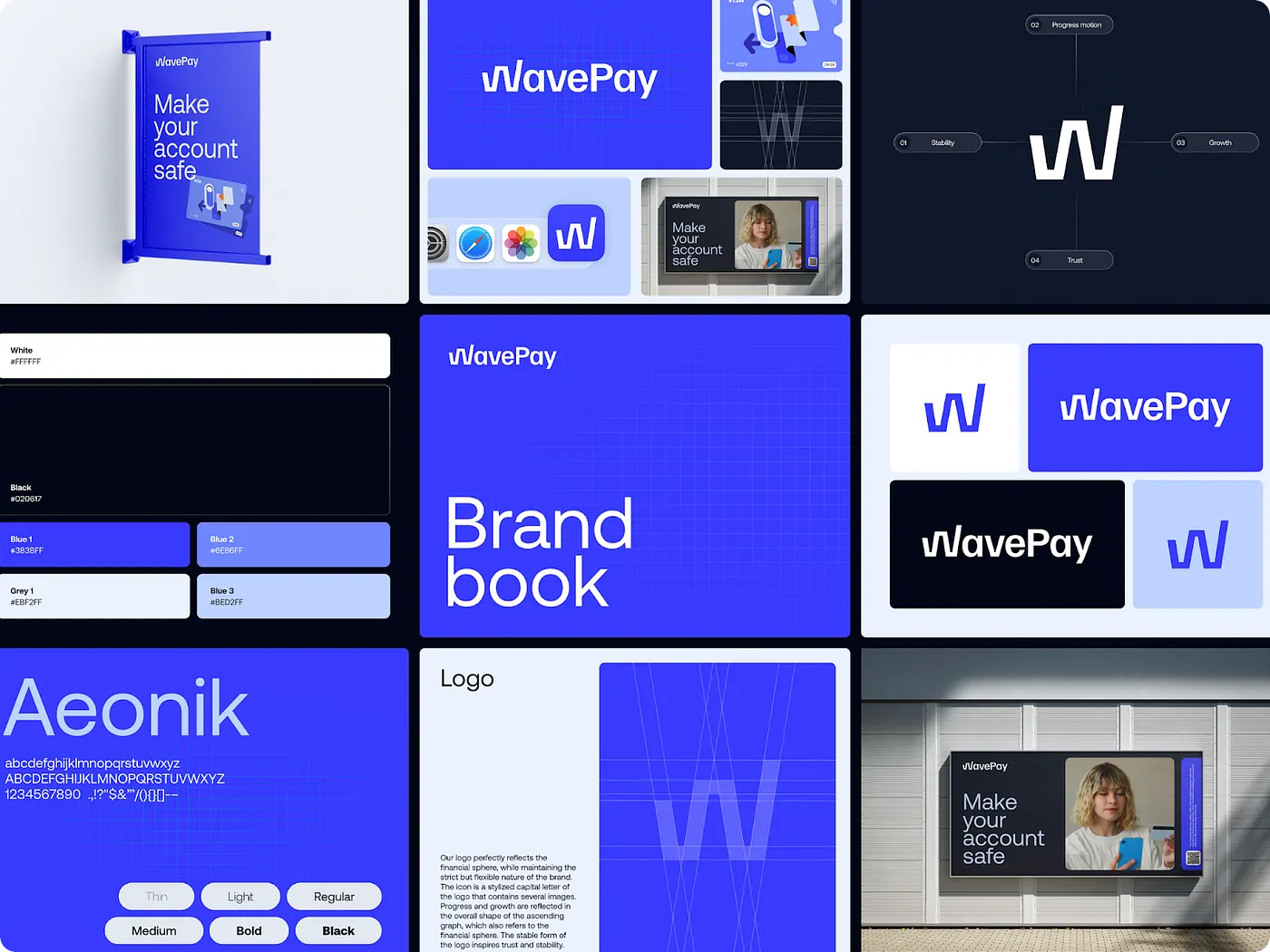
1. What unites your users?
If your answer is “They want to buy our product” — yikes. And if it’s “They’re all retired” — well, we’ve officially hit rock bottom. :)
People connect through:
- shared interests;
- values;
- goals and desires;
- language or culture;
- common problems and challenges;
- similar emotions.
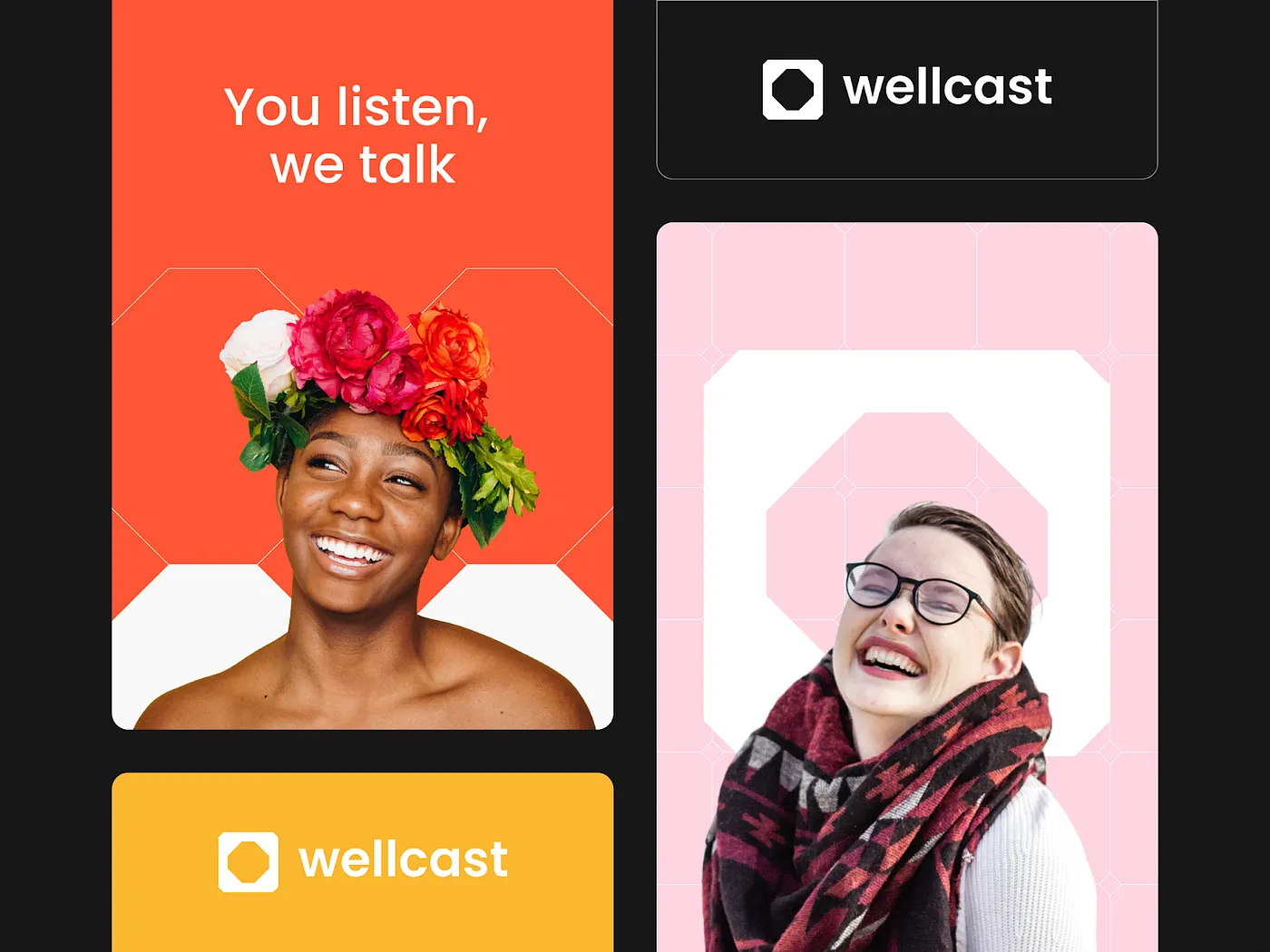
Sometimes the pain point your product solves is obvious — easy to name and easy to rally people around. But often it’s not. If you don’t see a unifying theme or emotional hook yet, don’t worry — just keep digging. Keep studying your product and your users. Your brand can attract wildly different people if you find the right “key” that unlocks multiple doors.
If there’s a shared pain, show it, amplify it, and offer a solution. If there isn’t, invent one. :) That’s how a lot of great ideas are born.
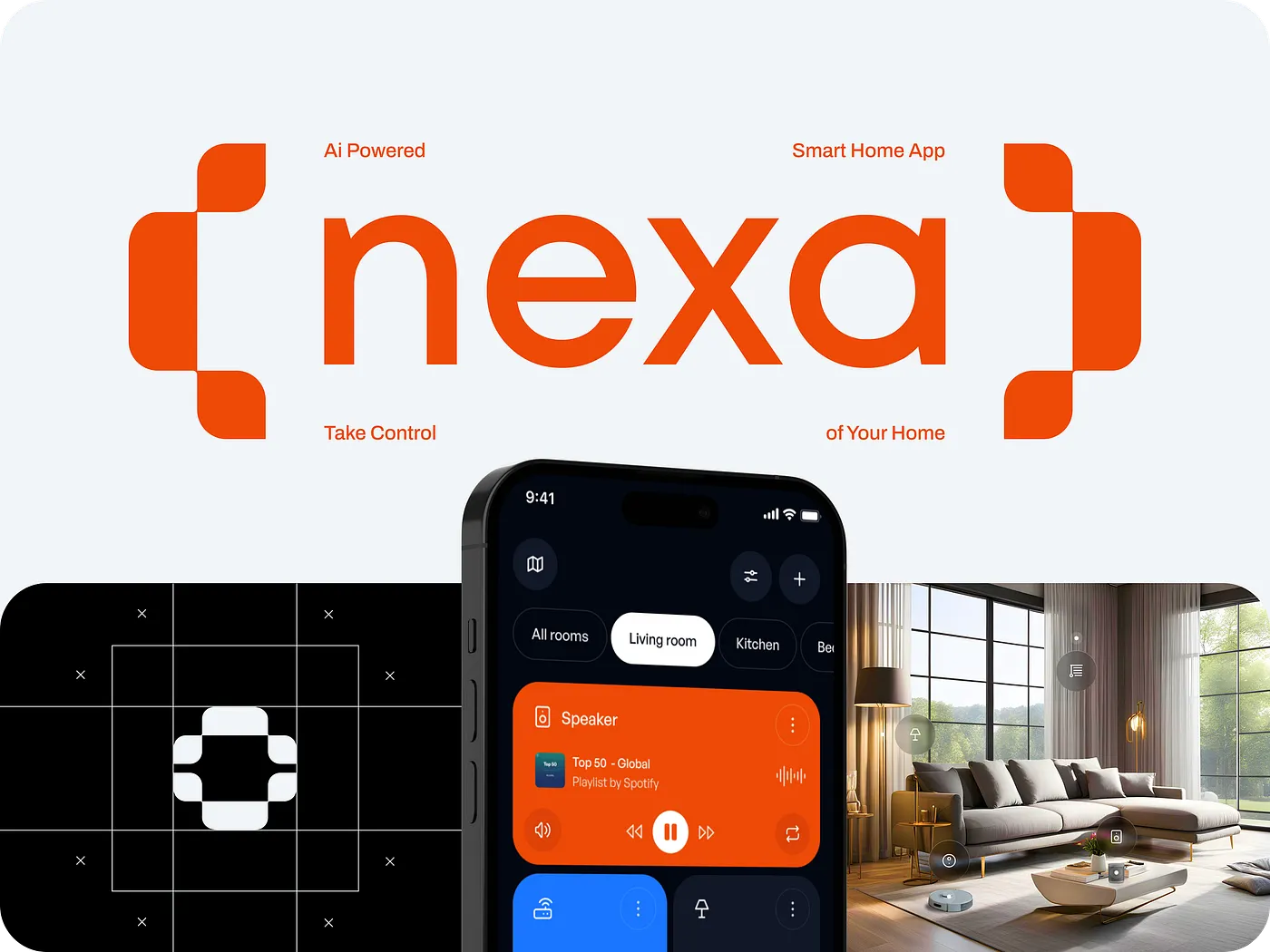
2. What do you offer that no one else does?
Even if you’ve invented a revolutionary product, it’ll be shamelessly copied tomorrow and will stop being special. Your job is to plant the idea of this uniqueness in the minds of your users.
Here’s a small tip: people don’t care about the uniqueness of a product. What they care about most is their own uniqueness and sense of superiority. And that’s exactly what we need to offer them. :)
A brand reflects the identity people wish they had.
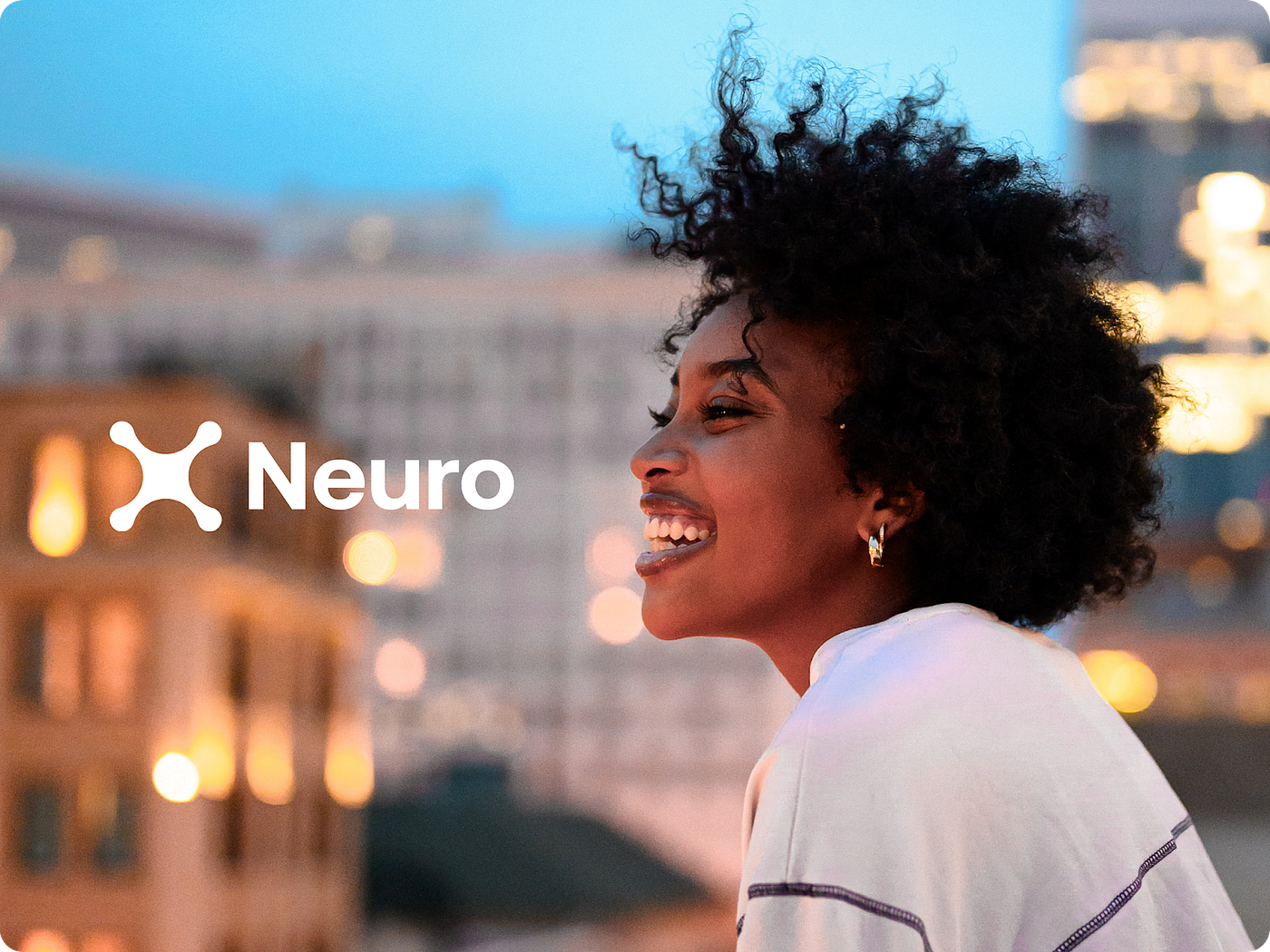
The next question lays the foundation for shaping the brand’s uniqueness.
3. What makes your audience special?
If your answer is “They’re just regular people, aged 20–45” — sorry, but that’s not a brand. Your job is to turn “regular” into remarkable.
Show people what makes them different. Give them something to believe about themselves that feels exciting and true. Say it clearly — and say it often. Then back it up through your design, your messaging, your emotional tone.
People want to feel like they belong to something bigger and meaningful. That sense of belonging helps them stand out from the crowd. It gives them self-respect. It creates a feeling of “us” — a special group with a shared identity.
A strong brand knows how to create that space and invite people in.
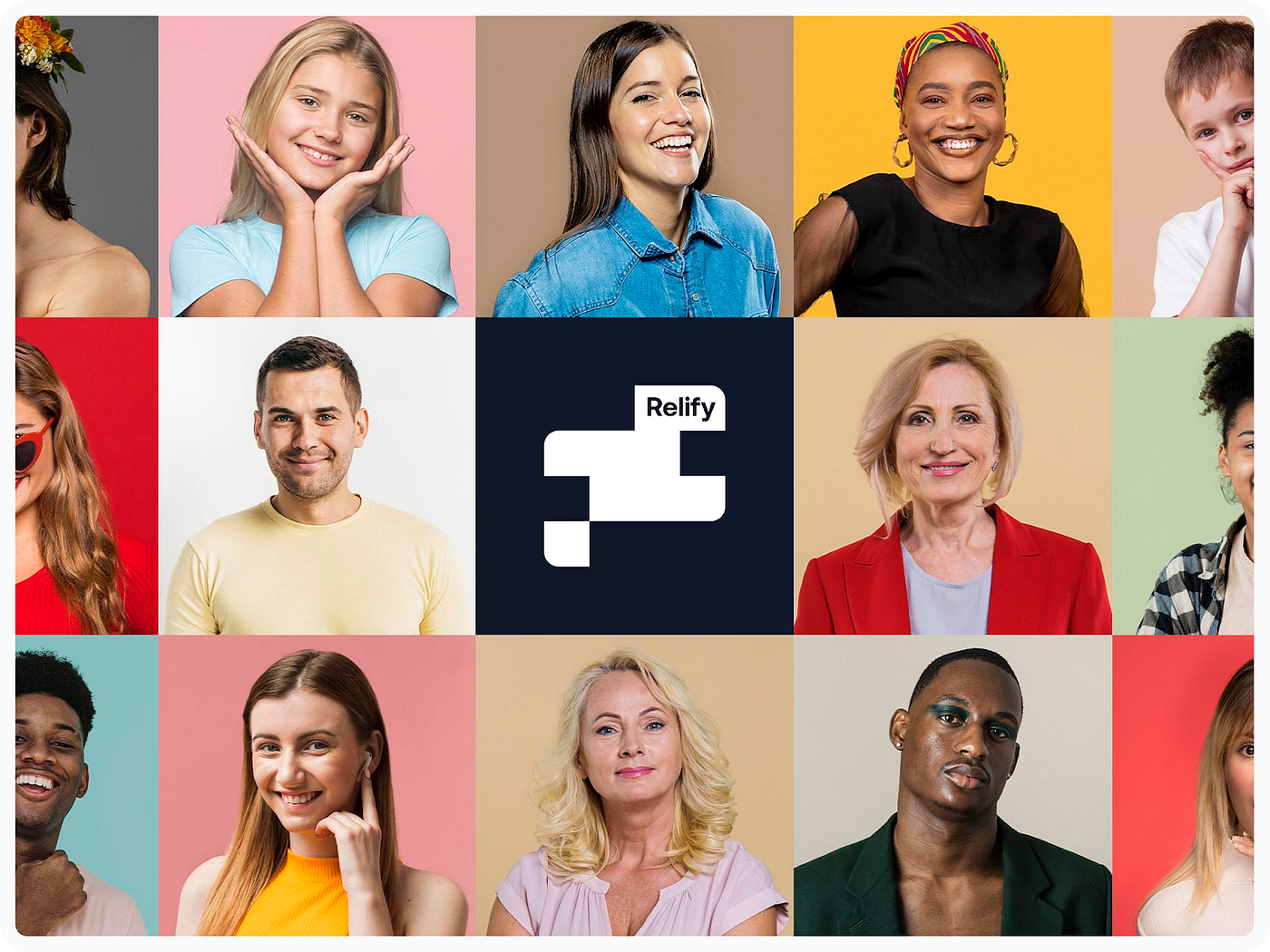
4. How does your brand motivate people?
Motivation is the brand’s brain. If it stops working, the brand flatlines. Keeping people engaged is a constant, ongoing process.
Customer behavior is largely driven by internal motivations: needs, desires, and goals. If you understand what drives your audience, you’ve got the key to their loyalty (and their hearts).
Ask yourself:
- What moves these people?
- What do they dream about?
- What do they love — and what frustrates them?
- What are they striving for?
- What’s their “better version” of themselves?
You should know your customers as well as you know your best friend.
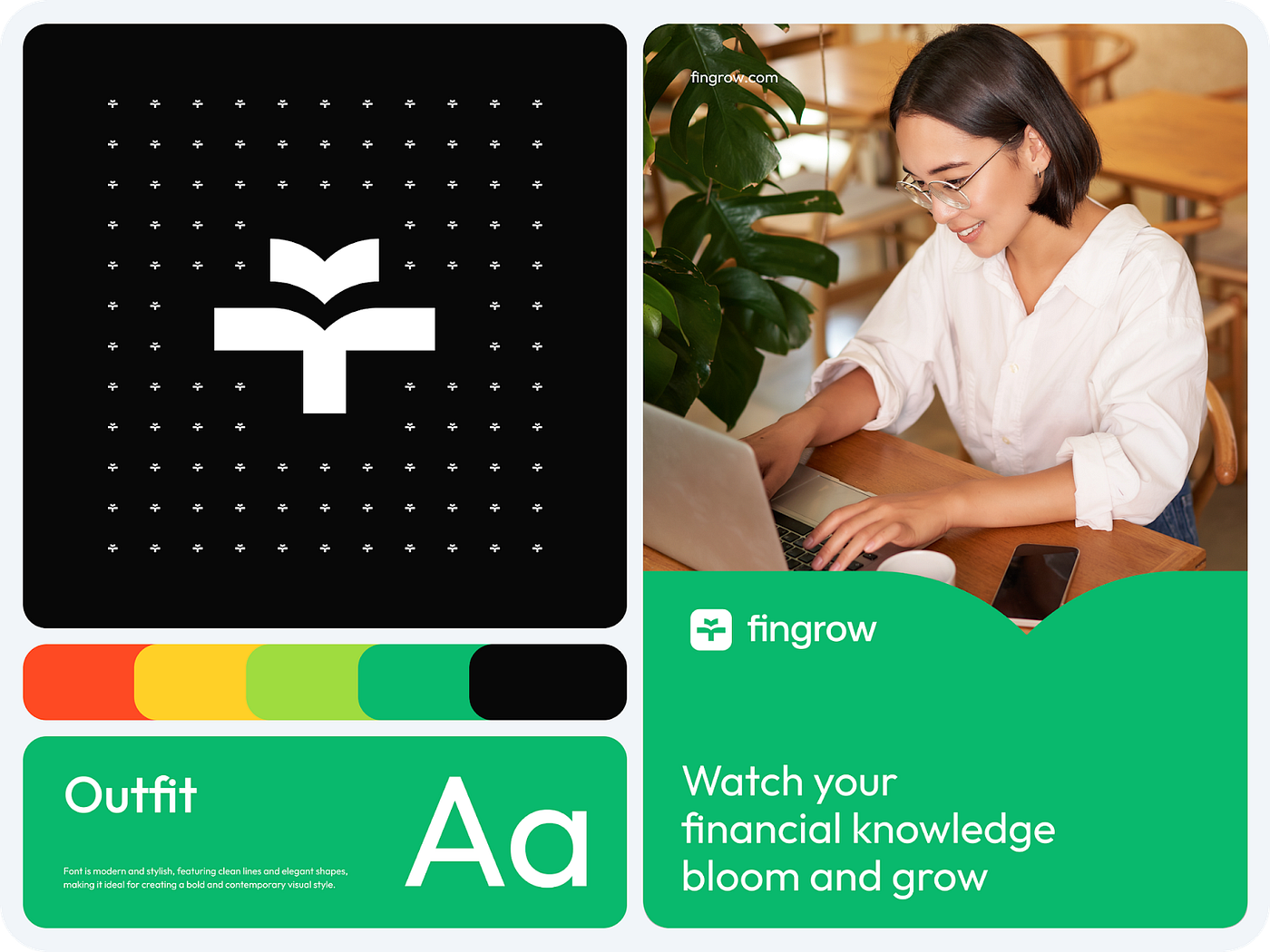
Motivation is deeply connected to the concept of brand value. This value is not always a tangible characteristic, and the idea of value itself is subjective and relative.
Tangible values include quality, usefulness, and functionality. Intangible values include reputation, trust, image, and emotion.
A brand’s value should speak to the customer’s needs, desires, and goals, and resonate with them on an emotional level.
A brand’s job is to make customers feel its value and benefit to them.
That means finding the kind of motivational and emotional triggers that work in the moment and last.
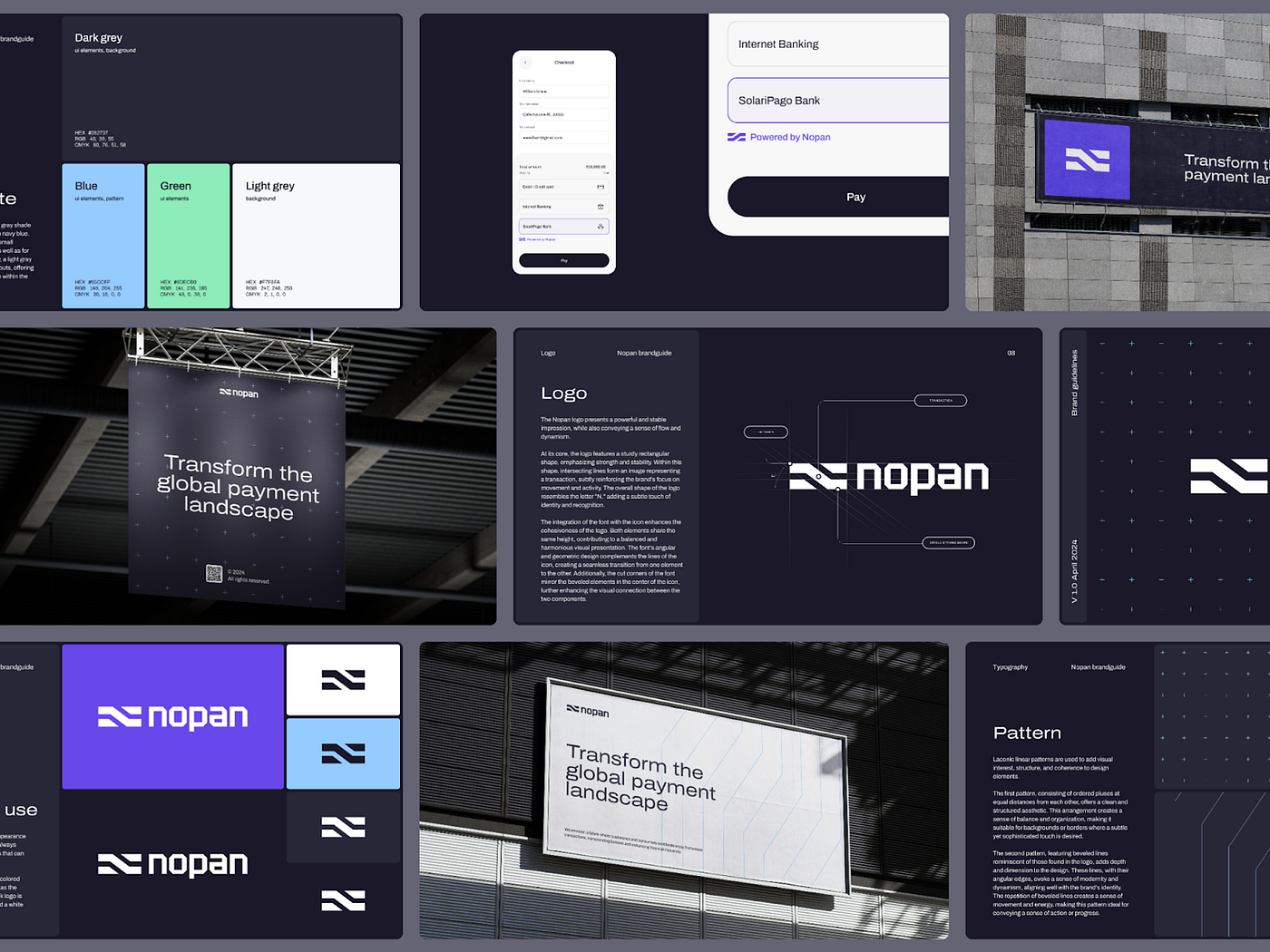
5. What emotions does your brand evoke?
Emotions are the heart of your brand. If there’s no heartbeat, there’s no brand.
Out of all the ways to build a connection, emotion is the strongest. People feel things first and rationalize later. That first impression matters. And the feelings you spark need to be nurtured over time.
People don’t just buy products for practical reasons. They buy them for how they feel.

So think:
- What do you want people to feel when they interact with your brand?
- What emotions will bring your users closer together?
- Will they want to share those feelings inside the community you’re building? (Spoiler: at first, you’ll probably need to help them do that.)
Make sure your emotional message stays consistent across visuals, words, and the overall experience.
Your brand is a promise of how someone will feel.
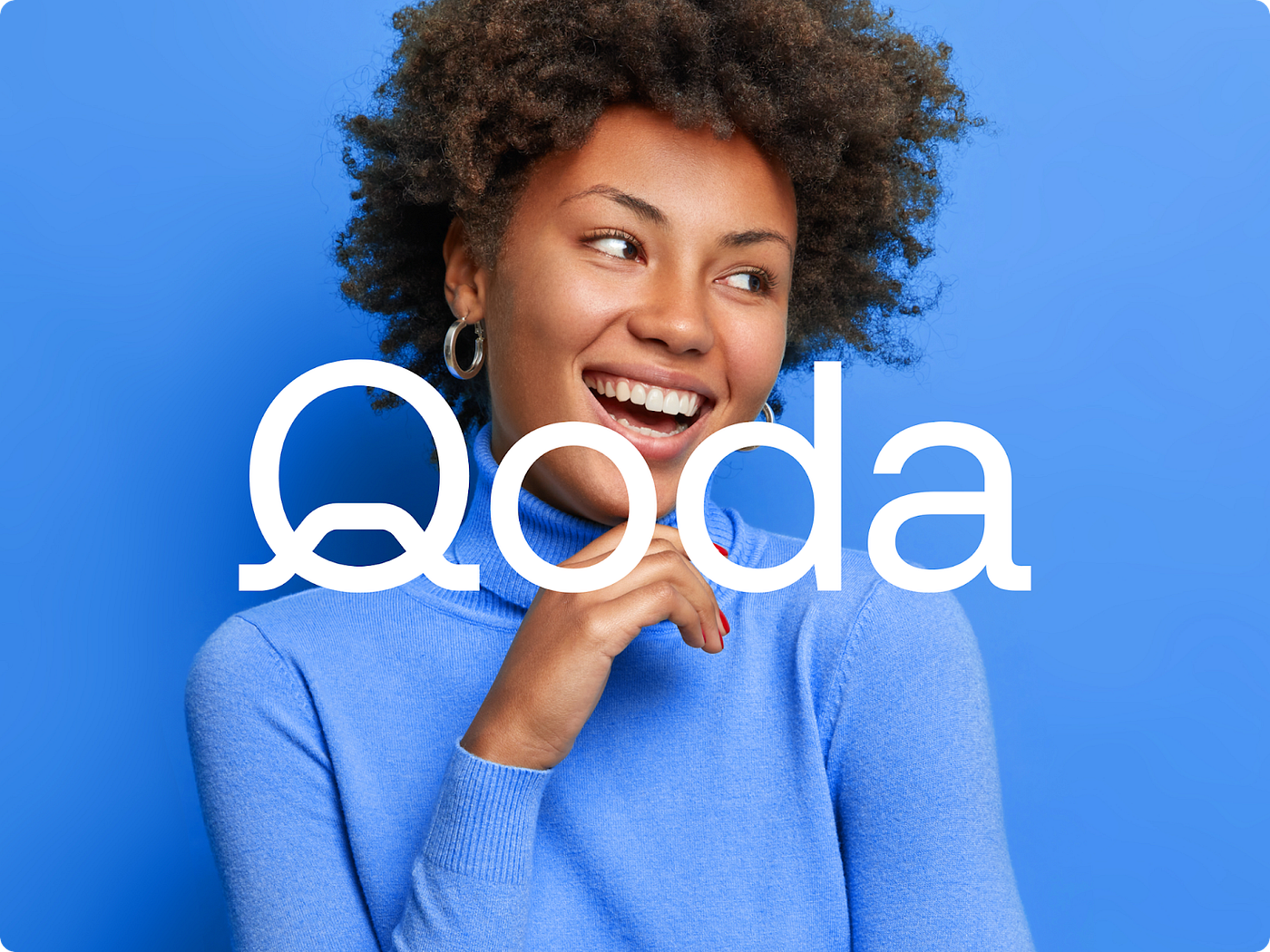
6. Do you have a client retention strategy?
A business can’t survive on first-time buyers alone. Retaining customers is not only more cost-effective than acquiring new ones — it’s essential for growth.
Retention doesn’t just happen. It needs structure and consistency.
Things that help:
- great product quality;
- loyalty programs;
- personalization;
- regular, meaningful communication;
- helpful support and real feedback loops;
- little bonuses and offers;
- community-building efforts.
It’s not just about using these tools — it’s about making sure they actually work.
Check your data. See what’s connecting, and what’s not. Adjust your strategy to reflect your audience’s evolving needs.
People always notice real care and attention. That’s what keeps them coming back.
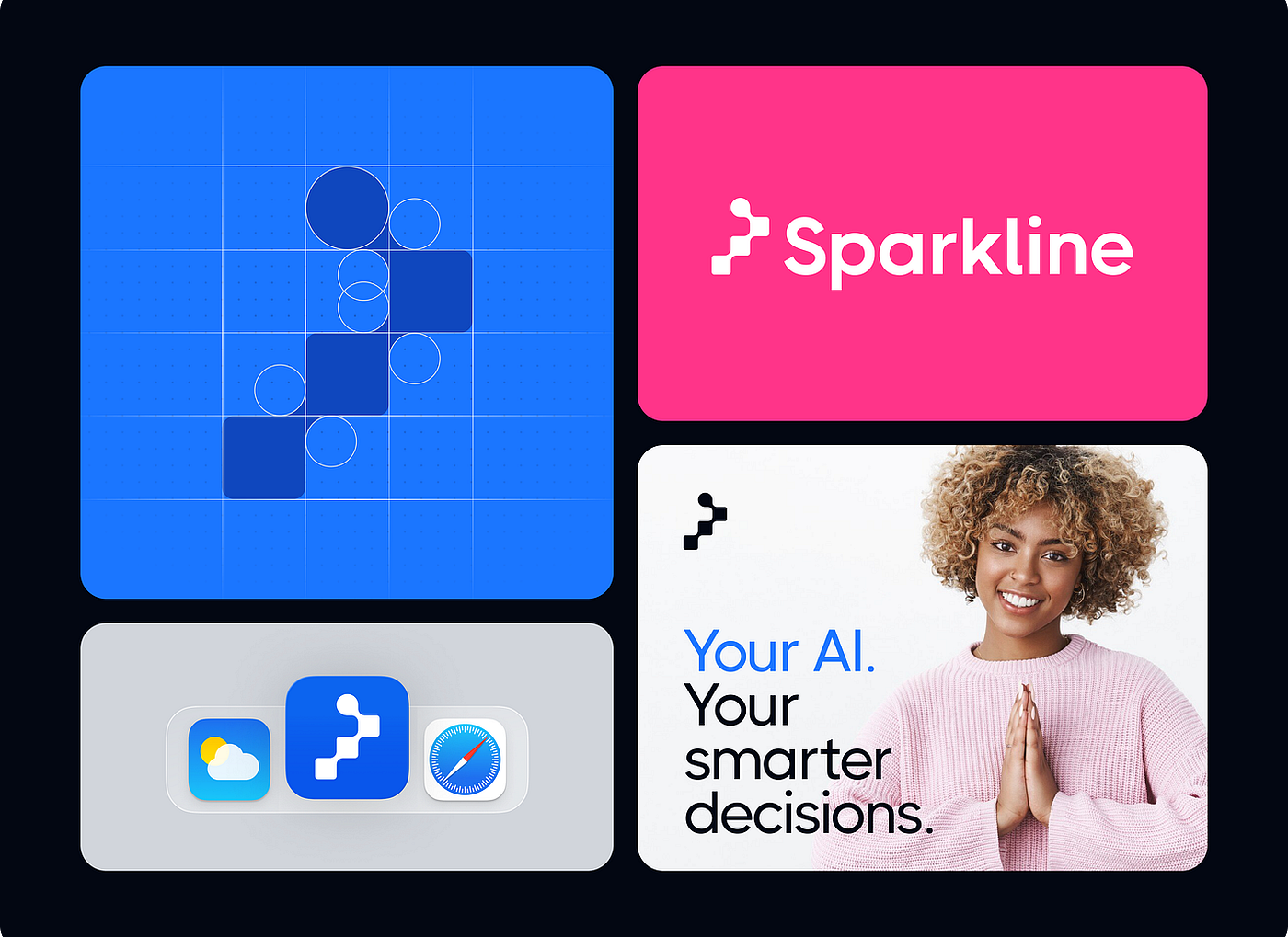
7. Is your brand consistent?
Consistency is your brand’s nervous system. It helps people recognize and trust you, even from a small piece of your message.
If a brand keeps switching its tone of voice, visual style, messaging, or core values, it starts to feel like someone with a new personality every day. And let’s be honest — no one wants to trust someone like that.
Your brand should feel like a reliable friend whose behavior is familiar and steady. That doesn’t mean you can’t change. Just make sure your changes feel organic and make sense.
Consistent branding builds confidence and trust.
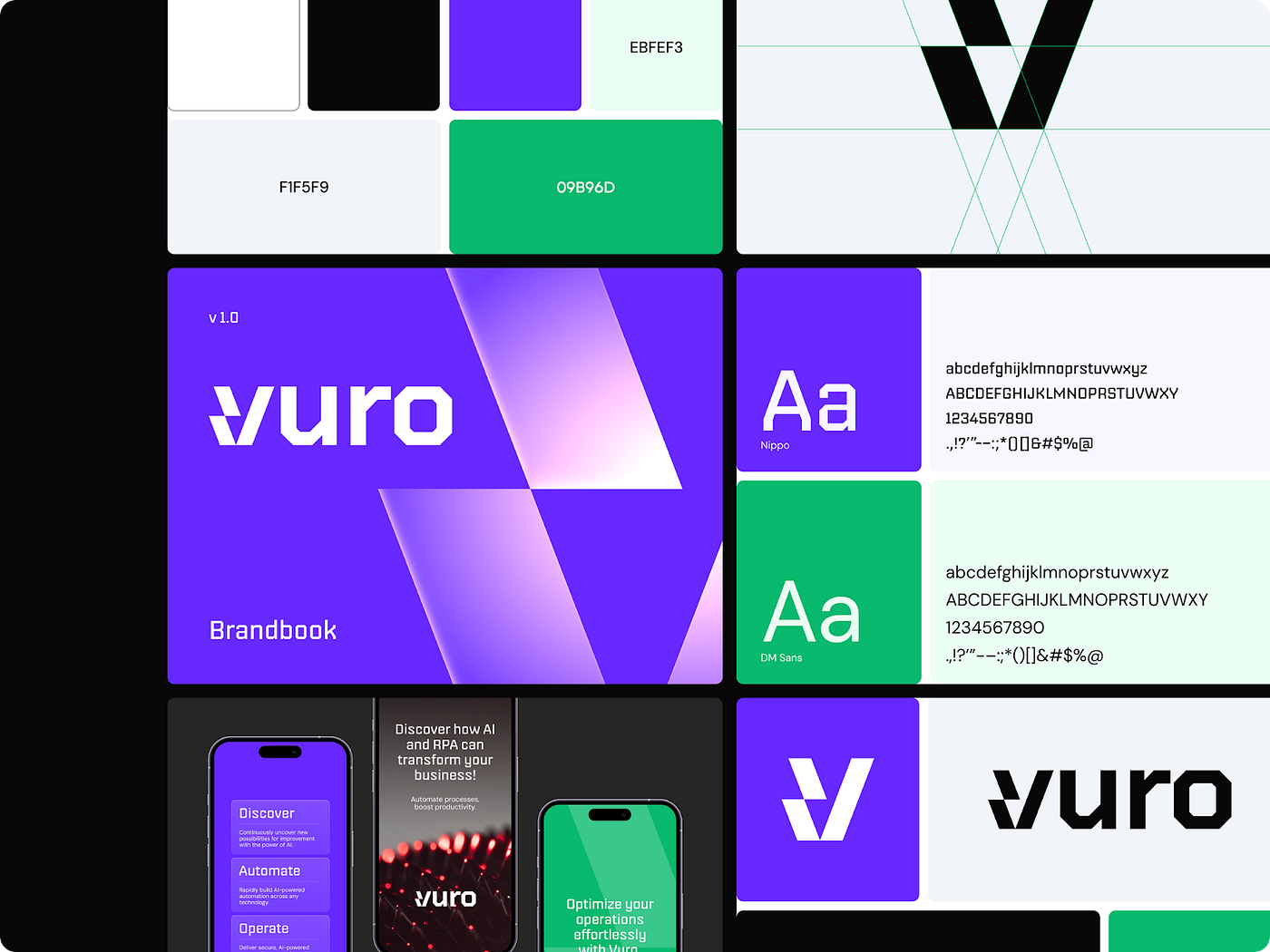
8. Is your brand cohesive?
Cohesion is the brand’s inner harmony — when all its parts work together smoothly and speak the same language. Everything, from visuals and copy to customer experience and company culture, should reflect the same values and messages.
Your brand identity — its visual layer — is an outward reflection of its core. It helps people instantly sense what your brand stands for and feel the emotions behind it. The visual language should clearly express your essence and character, without contradicting them.
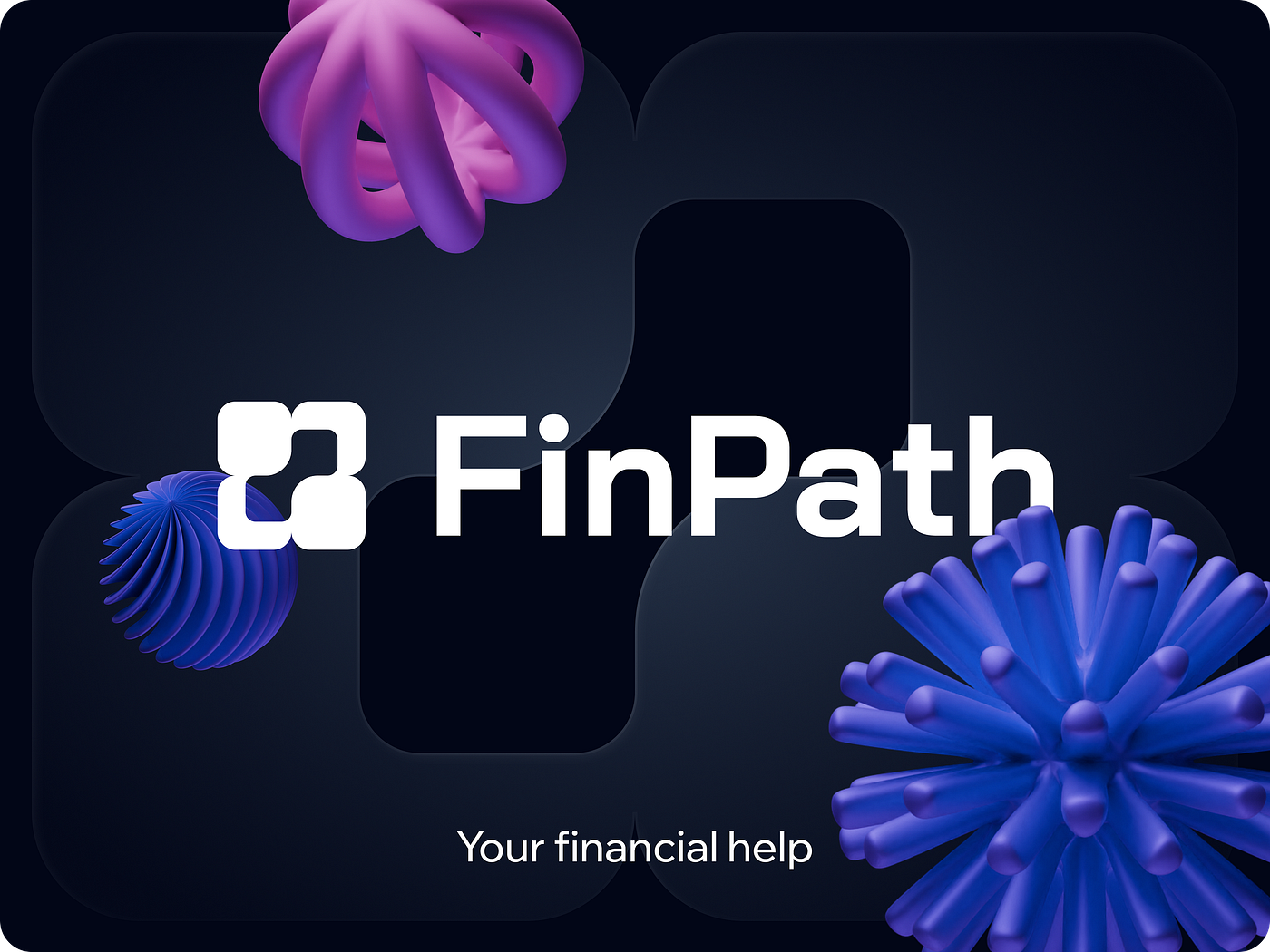
That’s what creates a sense of unity. And cohesive brands are the ones people remember.
When every brand touchpoint moves in the same direction, it strengthens how people see and feel your brand. A cohesive brand feels professional and trustworthy, and those are the brands people naturally recommend.
Want a quick check? Ask yourself: Would someone recognize your brand without the logo, just from the tone, visuals, or emotional vibe? If yes, that’s a great sign.
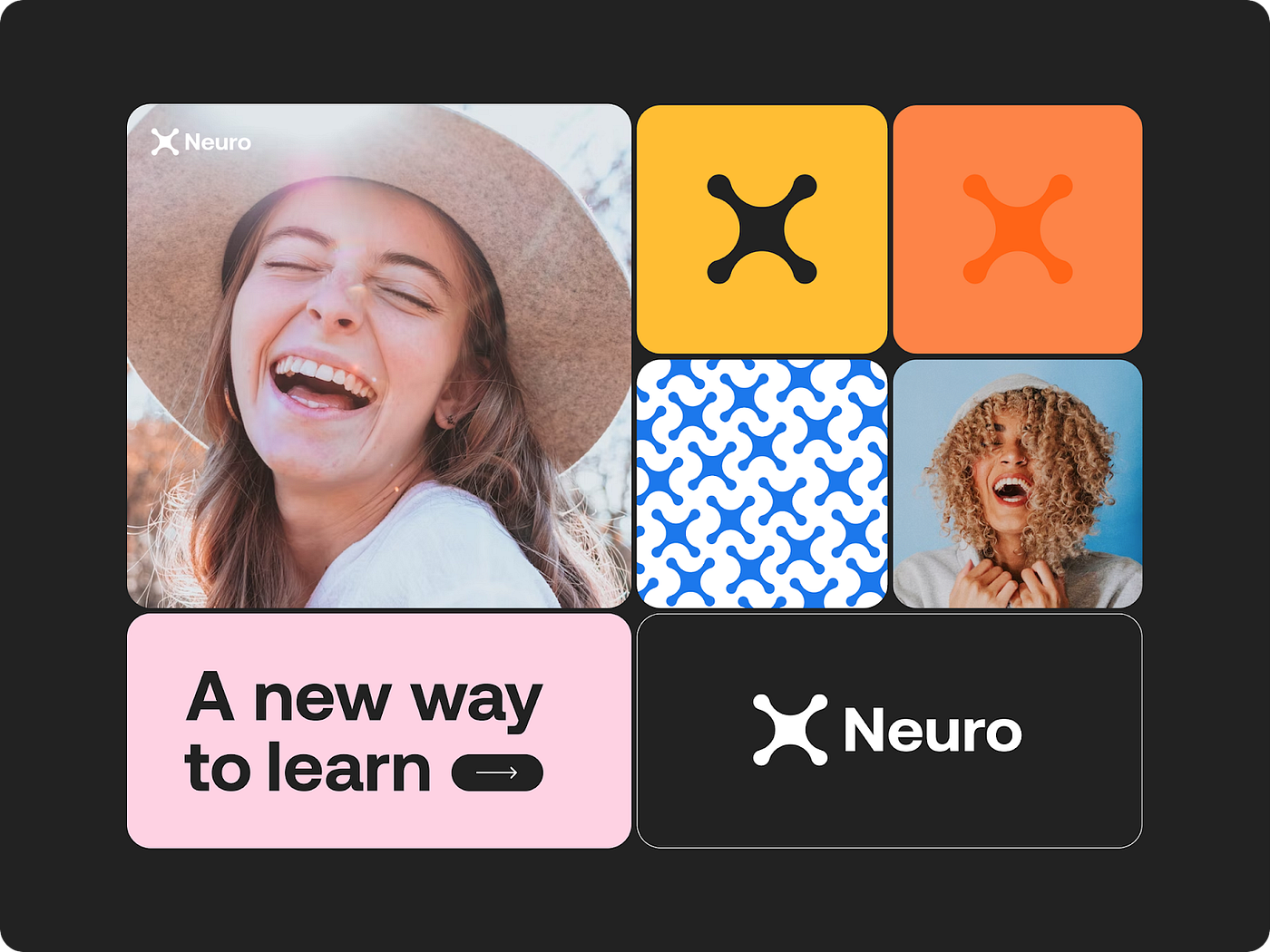
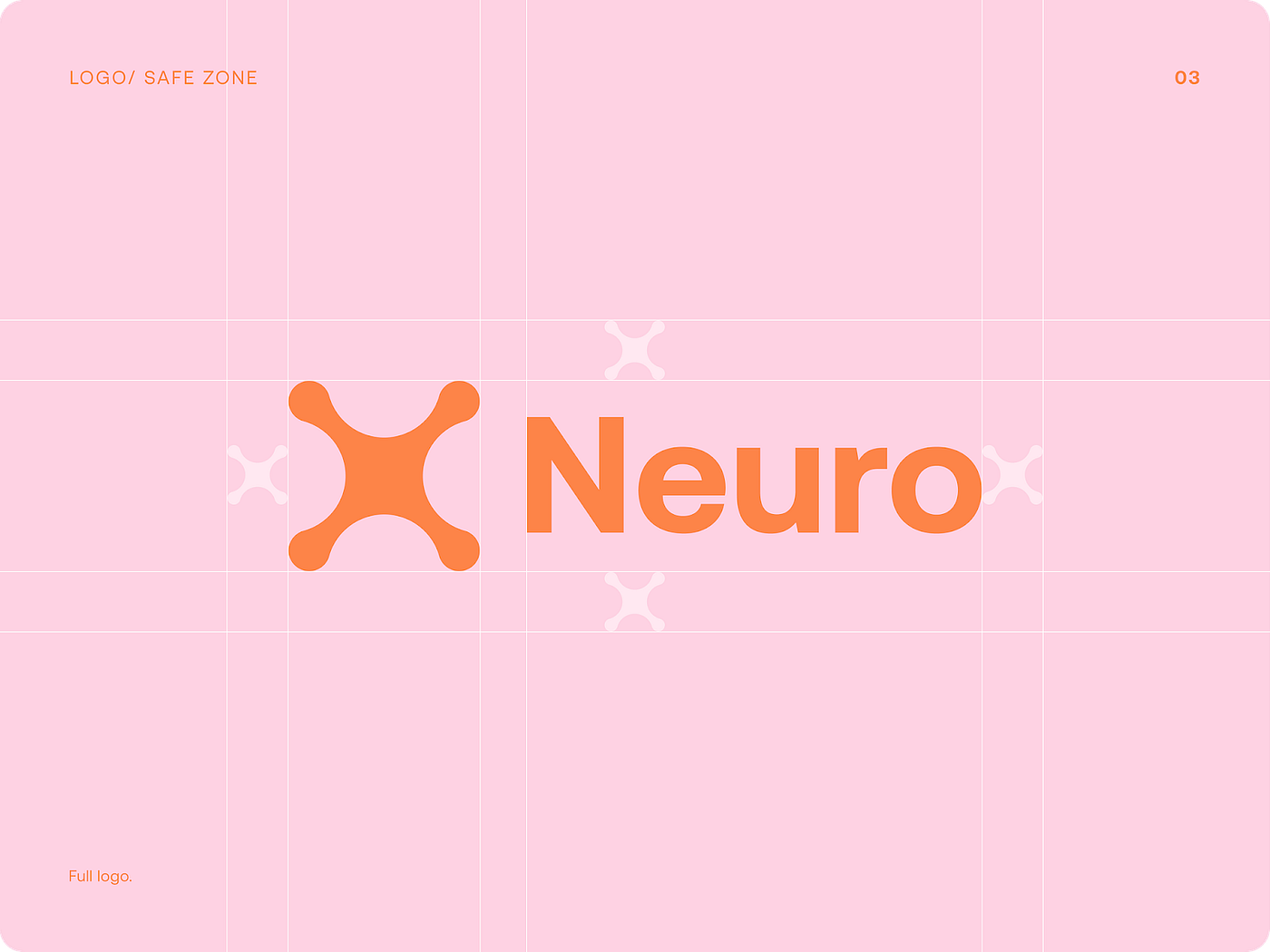
9. Does your brand have enough touchpoints?
The more meaningful touchpoints your brand has — both online and offline — the more memorable and recognizable it becomes.
Key contact points:
- ads;
- website;
- social media;
- physical store or space;
- customer service;
- packaging;
- reviews and user feedback;
- merch or swag.
At every one of these intersections, the brand’s goals and the user’s needs should align.
If something feels off — like a weak link — take a closer look. What’s blocking the connection? What’s missing or confusing?
Most likely, the issue is fixable. And once it is, your brand becomes clearer, stronger, and more aligned with its true identity.

Final Thoughts
A strong, memorable brand is built on deep understanding, strategic consistency, and the ability to give people what they want: emotions, meaning, and a sense of belonging.
Branding is never really finished. It’s a process of observing, refining, and reconnecting — again and again.
But if you’re willing to ask the hard questions and keep exploring the answers, you’re already well on your way to building a brand people love and stay loyal to for years.

